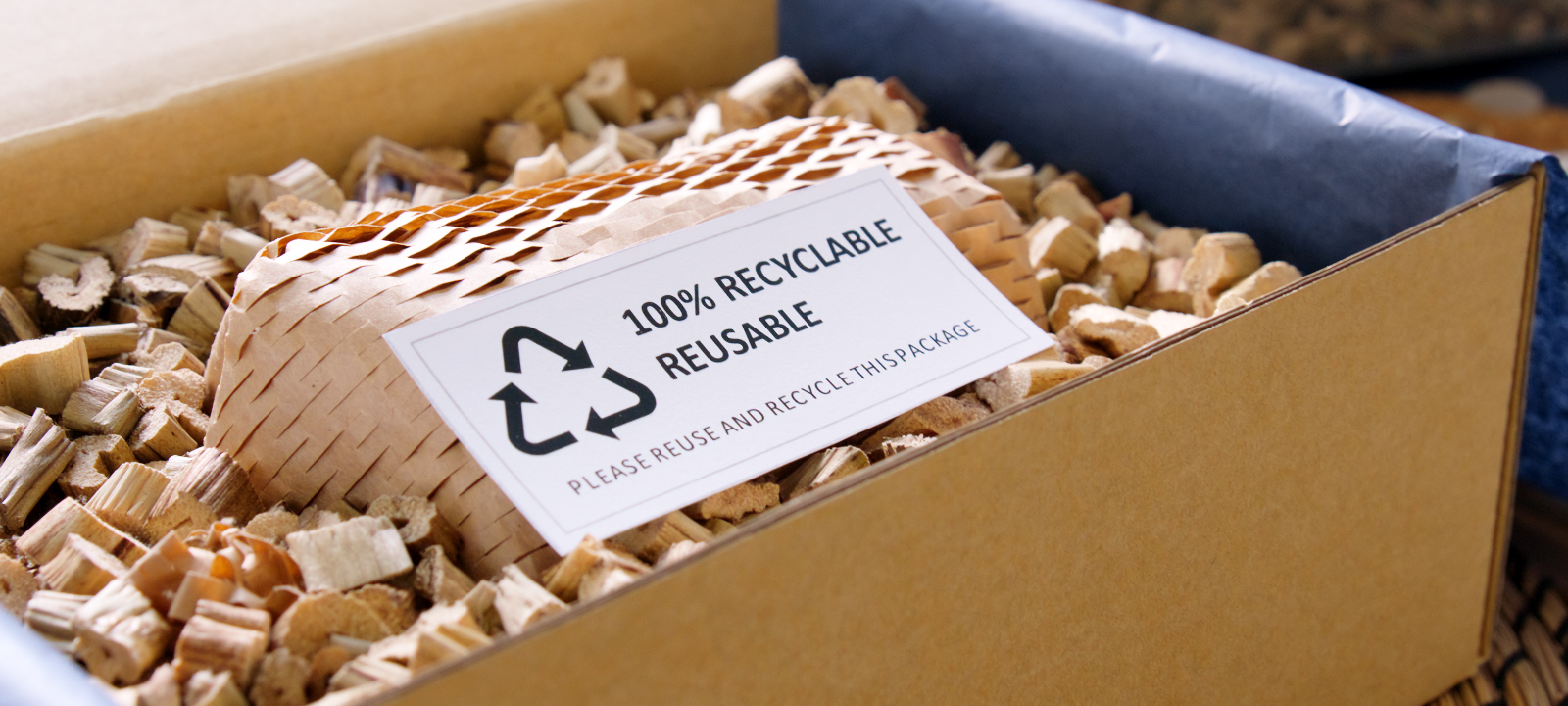The journey to sustainable packaging involves navigating various challenges, but the benefits are significant for both the environment and the bottom line. By following the six steps outlined in this article, the procurement function can play a pivotal role in transforming the packaging landscape and creating a more sustainable business model. Embracing sustainability in packaging is not just an ethical choice; it is a strategic decision that not only benefits the planet but also resonates with the growing number of environmentally conscious consumers. By adopting these actionable steps, businesses can achieve long-term economic gains while meeting the rising demand for sustainable practices.
In today’s dynamic business landscape, the demand for sustainability is more than just a trend—it’s a necessity. Did you know that 71% of consumers are moderately to significantly conscious about purchasing more sustainable products? This shift inevitably impacts procurement and supply chain practices. This is especially true in the realm of packaging, where the environmental toll of traditional materials has sparked a growing demand for change. A recent INVERTO study revealed that about 81% of procurement professionals expect a sharp increase in the demand for sustainable packaging in the coming years. Despite rising governmental and consumer demands for sustainable packaging, companies and manufacturers remain hesitant. Factors such as high product complexity, restricted material availability, and limited capacity hinder the development and implementation of sustainable solutions. To overcome these challenges, it is crucial for procurement professionals to collaborate closely with various departments within the organization. This teamwork ensures that strategies are effectively translated into actionable concepts and, ultimately, successful implementation. By adopting six actionable measures and collaborating across departments, procurement professionals can make a positive impact on both their bottom line and the planet. Create a transparent foundation for sustainable packaging To effectively address sustainable packaging, it is essential to establish a comprehensive understanding of the current status through a holistic evaluation of the company’s sustainability standing. A concrete example of this approach is Kering’s sustainability strategy: Kering conducted a thorough audit using the Environmental Profit & Loss (EP&L) account, which quantifies environmental and social impacts across their operations. By using the EP&L, Kering was able to identify and measure key areas of impact, helping them reduce greenhouse gas emissions by 71% from 2015 to 2022 and achieve 95% traceability for key raw materials. This systematic gathering and analysis of data created a transparent foundation for strategic decision-making and internal engagement, ensuring a clear understanding of their sustainability performance and guiding future initiatives. Set your goals: craft and pursue a clear sustainability strategy Once the current sustainability status and gaps are identified, the next step is to define specific, achievable sustainability objectives and develop a clear strategy to pursue them. Setting precise goals provides a roadmap for the organization and ensures efforts across relevant stakeholders are aligned. For example, PepsiCo’s Positive initiative illustrates their commitment to sustainable packaging by setting a target for all packaging to be recyclable, compostable, biodegradable, or reusable by 2025. They achieved significant progress by redesigning packaging materials, investing in recycling infrastructure, and collaborating with stakeholders across the supply chain. As a result, by 2022, 87% of their packaging was recyclable. This progress is documented annually, ensuring transparency and accountability. Hence, by defining clear objectives and implementing consistent strategies, companies can effectively enhance sustainability throughout their operations. Establish knowledge-building in sustainability and boost resources for procurement Having well-informed procurement experts and substantial resources is essential for transforming towards sustainable packaging. Nestlé exemplifies this through its Institute of Packaging Sciences, established in 2019, which employs around 50 experts to develop sustainable packaging solutions like high-performance barrier papers and bio-based materials. The institute focuses on creating refillable or reusable packaging systems and designing simplified or recycled materials. Additionally, Nestlé collaborates with Tsinghua University’s x-lab in China, launching joint innovation challenges to drive advancements in recyclable packaging designs and new materials. These efforts underline the importance of dedicated research and strategic partnerships in achieving sustainability goals. For example, these collaborations have led to the development of high-performing paper barriers and alternative delivery systems for reuse and refill, showcasing how Nestlé systematically builds knowledge and increases resources in purchasing. Cultivate and expand a network of sustainable suppliers In addition to establishing a solid internal foundation, it is vital to cultivate a stable network of external suppliers committed to environmentally friendly practices. Walmart’s Project Gigaton serves as an excellent example, aiming to reduce or avoid one gigaton of greenhouse gas emissions by 2030, by collaborating closely with its suppliers. To support suppliers in achieving these targets, Walmart provides resources such as the Circular Connector, a platform for sharing sustainable packaging innovations, and Factory Energy Efficiency tools to help reduce emissions. Walmart also partners with HSBC and CDP in a supply chain finance program that offers favorable financing rates to suppliers based on their environmental performance. This financial support enables smaller suppliers to invest in sustainable practices and technologies. The success of Project Gigaton, having surpassed its emissions reduction goal six years ahead of schedule, underscores the power of strategic partnerships in driving significant sustainability improvements and building a sustainable supplier network. Clarify the costs: be transparent about additional expenses To fully understand the benefits and trade-offs of shifting to more sustainable packaging, it is essential to establish full cost transparency through a thorough analysis of all direct and indirect costs involved. Unilever exemplifies this approach by conducting a Total Cost of Ownership (TCO) analysis to evaluate their sustainable packaging choices. By assessing raw material expenses, production costs, logistics, and storage, Unilever identified significant cost savings. For instance, they increased their use of post-consumer recycled plastic (PCR) to over 11% of their total plastic footprint, substantially reducing reliance on virgin plastic and lowering material costs. While Unilever primarily addressed raw material costs, other potential additional costs in transitioning to sustainable packaging could include quality control and testing, R&D and innovation, and marketing. Therefore, a comprehensive cost analysis is crucial for making informed decisions about sustainability investments, illustrating how companies can reduce additional costs with environmental responsibility. Optimize and innovate: balancing cost efficiency with sustainable practices Finally, procurement experts should not only create cost transparency but also identify opportunities to optimize expenses. Reducing overall packaging volume and substituting it with fewer but higher quality sustainable materials is one approach. For example, Amazon has significantly optimized costs while enhancing sustainability by reducing per-shipment packaging weight by 41% since 2015. Furthermore, by standardizing materials Amazon also replaced single-use plastic delivery bags with recyclable paper, thereby decreasing single-use plastic delivery packaging by over 11% in 2022. Standardizing materials across various products in turn helps capitalize on synergies such as increased purchasing volumes, ultimately leading to a reduction in sourcing costs. Following such a multifaceted approach to optimize costs sustainably demonstrates how environmental responsibility can go hand-in-hand with economic benefits. Six measures to drive procurement towards sustainable packaging






Get in contact with our expert

